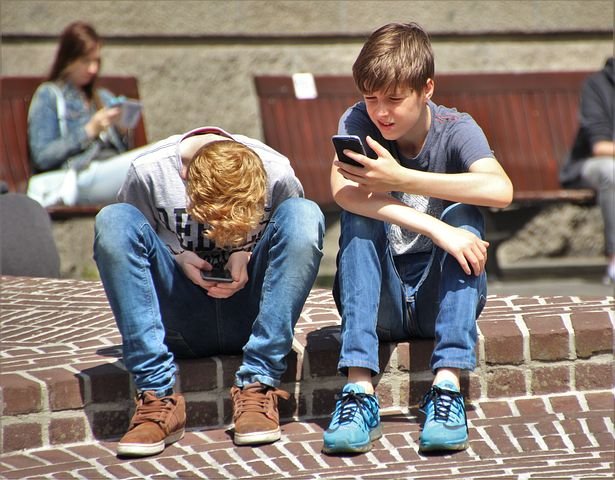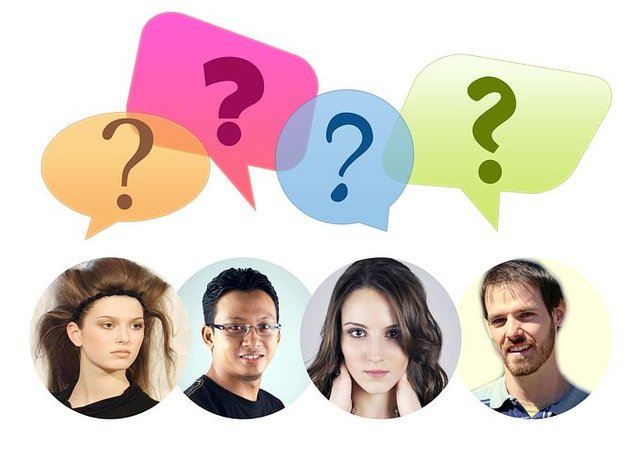18 - #itb8 Friendship 2.0
The phenomenon of a pen pal is not new but gets more widely spread by far as digitalization changes communication fundamentally. In contrast to my earlier posts about several economic topics of digitalization, this social topic is not something to prepare my students for the future. It is rather to help them right now, as so many of my teenage students have friends they have never met in person while most adults they know, specially their parents have never experienced something similar.
My definition
As “Friendship 2.0” is frequently used buzzword and knows a couple of definitions, I want to start with mine: In my opinion it classified by the ration of personal meeting to online interaction. It does not explicitly require to have never met the friends in person but it means that you have frequently, for example multiple times in a week, contact online and not having seen each other over a long time, for example weeks.
So why is Freindship 2.0 such a big topic for the recent generation of teenagers?
While the teenager-generation before mine had to pay high prices for calling by landline and my generation my generation enjoyed to have lower fees on that and simultaneously beeing the first generation owning a mobile phone and having internet access with a flat-rate payment. The letter induced for the first time that a reasonable amount of people had social interaction in the meaning of “Friendship 2.0”. But this interaction was usually limited to text- and instant-messanger-chat like ICQ. The real explosion of this phenomenon was caused by fast mobile internet. When sharing pictures and video-chat became easy and platforms like Facebook, Instagram and Snapchat gained popularity it started to be effortless to let people follow ones live and to follow the lives of others. This effortlessness was the crucial factor.
The good, the bad and the ugly
As many digital phenomena, the problematic aspects of Friendship 2.0 are overly reported in mainstream media. Let us take a look on the positive ones. It is easy to find like minded people even if you have very special interests, as you can search platforms like Facebook, Instagram and Snapchat. Also it makes international friendship possible leading to an enhanced cultural exchange, supporting peace and solidarity. It helps to overcome distances and in some cases to use anonymity to feel free to open up to a person with topics someone feels unable to open to people he personally knows.
The bad part is that some people try to substitute deep personal relationships by superficial online-friends leading to isolation and mental illness. And it begins to get ugly when it pedphiles use fake-accounts to establish contact to underage users, planing to molest them online or even trick them into a personal meeting to rape them. These cases are overly focused on by mainstream media, but facing the severity it is our duty as teachers to warn our students that it is a real danger and how to react when they are effected. I usually advice them to talk to their parents, me or my colleaques or even directyl to report to the police. The Germany online police station is still new but starts to make a stand against cyber-crime.
Another ugly aspect is the rise of ”Filterbubles” as mentioned in this post.
Though the negative aspects are horribly severe, the positive aspects are there as well and both needs to be reasonably explained to our students as it is the background information for the reality most of them already are living in.
Qustion of the day
Do you have any friends you are seeing rarely and have frequently contact via social media?
Are you using social media like Facebook, Instagramm or Snapchat at all?
Please also take a look at my former post of the #itb8 series
- The content of my IT-Basics Class for my next 8th-graders
- Platform before product
- All about the advertisement banner
- The might of the crowd
- Marketplaces
- Is the better shop online?
- When you click on the link...
- Teaching cryptocurrencies in school
- Own or share?
- How much costs a free app?
- The most sneaky way of marketing in the internet
- Where do the pictures in the internet come from?
- Clickworkers and Digital Nomads
- Industrie 4.0
- Who seeks finds
- Inside the Cage of the Filter Bubble
- Social Media - What does this actually mean?
- 50 shades of truth - Fakenews
@Steemiteducation is a great supporter of any educative content. Please check out their network.





